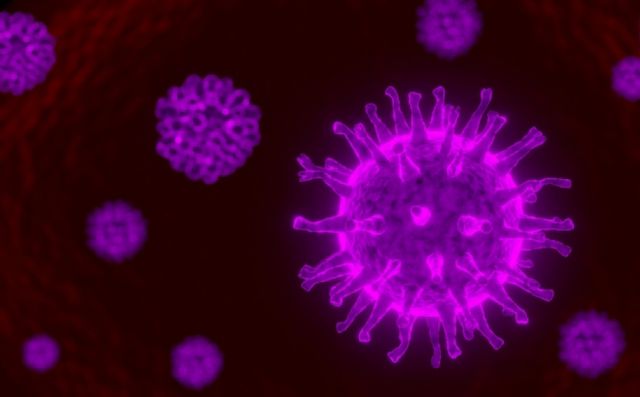SSLEEC "The Power of Light"
Prof. Steve DenBaars contributes as UCSB's SSLEEC, member company and materials researcher Christian Zollner, whose work centers on advancing deep ultraviolet light LED technology for sanitation and purification purposes, prove effective in eliminating coronavirus from surfaces and, potentially, air and water

As COVID-19 continues to ravage global populations, the world is singularly focused on finding ways to battle the novel coronavirus — that includes the SSLEEC and member companies. Researchers there are developing ultraviolet LEDs that have the ability to decontaminate surfaces — and potentially air and water — that have come in contact with the SARS-CoV-2 virus.
“One major application is in medical situations — the disinfection of personal protective equipment, surfaces, floors, within the HVAC systems, et cetera,” said Zollner. He added that a small market already exists for UV-C disinfection products in medical contexts.
Indeed, much attention of late has turned to the power of ultraviolet light to inactivate the novel coronavirus. As a technology, ultraviolet light disinfection has been around for a while. And while practical, large-scale efficacy against the spread of SARS-CoV-2 has yet to be shown, UV light shows a lot of promise: SSLEEC member company Seoul Semiconductor in early April reported a “99.9% sterilization of coronavirus (COVID-19) in 30 seconds” with their UV LED products. Their technology currently is being adopted for automotive use, in UV LED lamps that sterilize the interior of unoccupied vehicles.
It’s worth noting that not all UV wavelengths are alike. UV-A and UV-B — the types we get a lot of here on Earth courtesy of the Sun — have important uses, but the rare UV-C is the ultraviolet light of choice for purifying air and water and for inactivating microbes. These can be generated here only via man-made processes.
“UV-C light in the 260 – 285 nm range most relevant for current disinfection technologies is also harmful to human skin, so for now it is mostly used in applications where no one is present at the time of disinfection,” Zollner said. In fact, the World Health Organization warns against using ultraviolet disinfection lamps to sanitize hands or other areas of the skin — even brief exposure to UV-C light can cause burns and eye damage.
Before the COVID-19 pandemic gained global momentum, materials scientists at SSLEEC were already at work advancing UV-C LED technology. This area of the electromagnetic spectrum is a relatively new frontier for solid-state lighting; UV-C light is more commonly generated via mercury vapor lamps and, according to Zollner, “many technological advances are needed for the UV LED to reach its potential in terms of efficiency, cost, reliability and lifetime.”
Other research contributors include Burhan K. SaifAddin (lead author), Shuji Nakamura, Steven P. DenBaars, James S. Speck, Abdullah S. Almogbel, Bastien Bonef, Michael Iza, and Feng Wu, all from SSLEEC and/or the Department of Materials at UC Santa Barbara.
The UCSB Current – "The Power of Light" (full article)